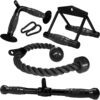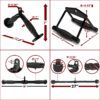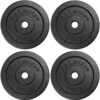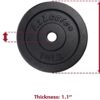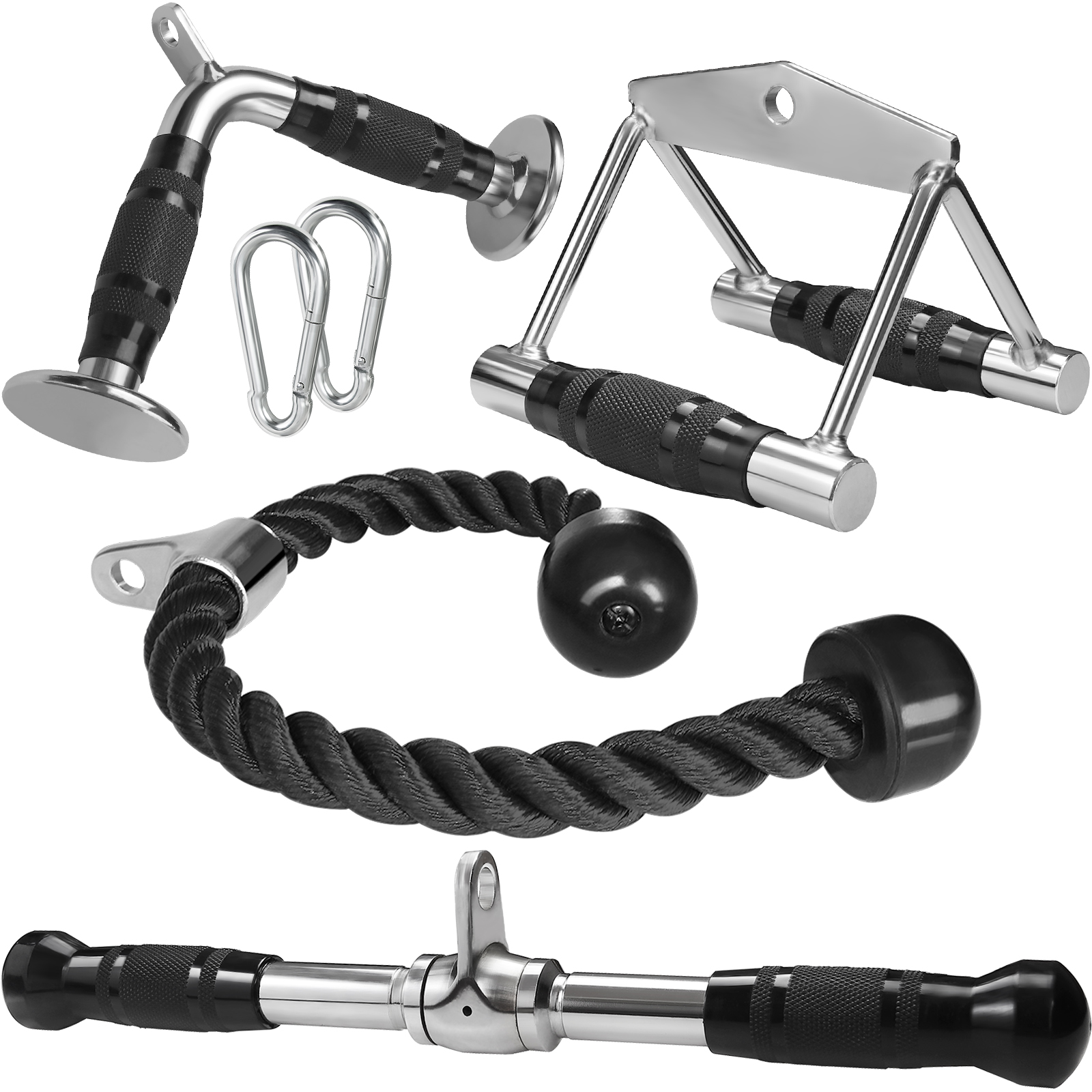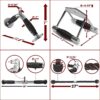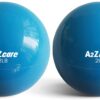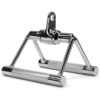What’s the Difference Between Pilates and Yoga?
Many people believe Yoga and Pilates are one in the same or even iterations of some new age trend, when in reality, these two forms of exercise have completely different origins, techniques, and focuses. While they do share a similar overarching philosophy of connecting body, mind, and spirit, the approach to obtain that level of balance is unique to both. So to eliminate the confusion, we thought we’d dig in to discover what makes Yoga and Pilates unique.
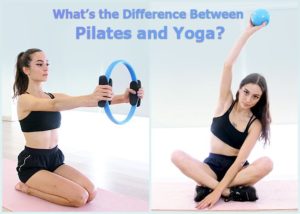
The Origin of Yoga
According to India’s Ministry of External Affairs, Yoga dates back to 2,700 B.C. It’s a practice based on bringing harmony between the mind and body. Yogic scriptures also state yoga practice can lead to a union between individual and universal consciousness.
Ultimately, the goal of Yoga is self-realization, not necessarily improving muscle tone, flexibility, or strength. While Yoga does promote health and wellness, these widely modernized movements, or “Hatha Yoga,” are actually considered prerequisites to “Yoga Sadhanas,” the spiritual cornerstone of the discipline.
The Origin of Pilates
Pilates shares with Yoga a similar goal of obtaining harmony between the mind and body. However, the approach behind achieving those goals couldn’t be more different. “In Yoga, the philosophy is based on spirituality, whereas in Pilates, it’s based on physiology,” differentiates Gen DeRose, owner and head instructor at Inner Balance Pilates.
This “exercise system” (as opposed to Yoga, which is often referred to as a practice) was invented by Joseph Hubertus Pilates in the 1920s. Interestingly, some of the original prototypes for his apparatuses were invented while he was interned as an “enemy alien” during World War I. According to Balanced Body, Joe actually rigged springs to hospital beds to help bedridden patients exercise against resistance.
Even though each of today’s apparatuses can potentially be used for hundreds of exercises, Pilates can be broken down to five basic principles:
- Breathing
- Pelvic Placement
- Rib Cage Placement
- Scapular Movement and Stabilization
- Head and Cervical Placement
Which Is Right for You?
When it comes down to deciding whether Yoga or Pilates is better for you, a major determining factor is going to be your personality type. “Yoga generally doesn’t work for me because I tend not to be able to focus when I’m still,” admits Gen. “Although the meditation portion may be something I could use, I don’t love it.”
For individuals who thrive on productivity, Pilates can help you find that mindfulness and tranquility that is often associated with Yoga, but with an emphasis on movement. “With Pilates you’re always focused on your breath, movement pattern, and muscle engagement,” says Gen. “It’s a more physical type of focus and release.”
On the other hand, Yoga might be right for you if you’re searching for a practice that promotes inner peace and meditation during your workout.
How Pilates and Yoga Complement Each Other
“I think everything couples well with Pilates,” says Gen. “You’re improving your body, increasing your strength, your posture is better, and you’re not going to have as many injuries.” Essentially, if you’re looking for the tranquility of yoga with the powerhouse sessions of Pilates, you don’t have to pick just one or the other. However, Gen does highly recommend staggering your workouts, meaning don’t exhaust yourself before a session.
“When people equate the two practices and say Pilates is just like Yoga, they’re referring to Pilates matwork,” notes Gen. “Matwork looks a lot like Yoga, except we flow a lot different than you would in Yoga.” It should be noted that matwork—although it seems simple—should be first attempted with the supervision of a trained Pilates instructor. “I like to tell people, ‘the mat is like a piece of equipment in Pilates.’”
While a “mat” doesn’t have a wild name like the other Pilates equipment (i.e. Cadillac, Reformer, Barrel), individuals new to the exercise system should, at minimum, get an introductory training before doing matwork. “We’re talking about a practice based off alignment. How do you know if you’re aligned at home or if you’re rolling too far in your neck? You don’t. These things that can actually hurt your spine.”
An Exercise System for Everyone
In the U.S., Pilates seems to have a stronger female demographic, but this is quickly changing. “Right now, Inner Balance Pilates is probably 35% to 40% males,” says Gen. However, as more professional athletes have taken notice of how helpful the exercises are to their specific sport, such as Steelers’ wide receiver Antonio Brown or the Lions’ Calvin Johnson, Pilates is rapidly gaining popularity among men. “Golfers are talking about it, hockey players are talking about it…The more professional athletes talk about it, the more popular it’s becoming among males.”
It’s the exercise system of choice by many athletes because it improves your posture and stabilizes your joints, which subsequently allows you to move more efficiently and effectively. “It’s applicable to sport movement,” compares Gen. “The goal is to work those smaller muscle groups that get missed when you’re doing general strength training.”
Session Length and Size
A similarity between Yoga and Pilates is session length. Generally, you’re looking at an hour session for each. What is unique about Pilates, however, is the private, semi-private, and small group classes. In Yoga, you’re often in a class of about 10 to 20 people, perhaps 30 in large classes.
Conversely, Inner Balance Pilates offers private one on one sessions, semi-private (two to five people), and group classes (six people max). This allows instructors to carefully assess and correct your movements on each apparatus. Also, unlike Yoga, the teacher is never doing the exercise with you, which helps to ensure an injury-free session.
Source: https://www.ibpilates.com/



